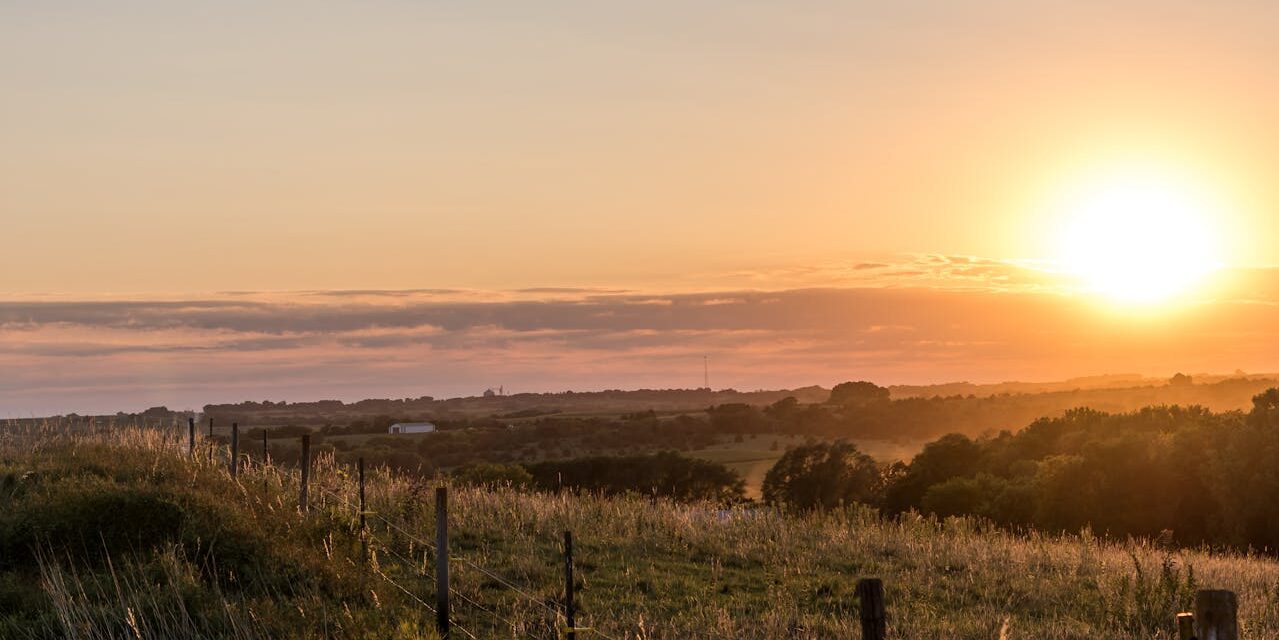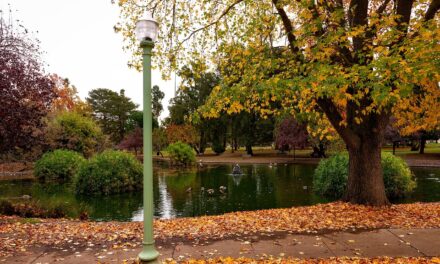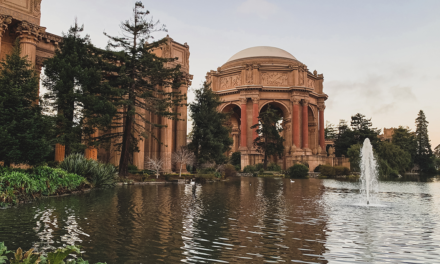Nebraska, known as the “Cornhusker State,” has a rich and diverse history.
From its indigenous cultures and early European exploration to its role in westward expansion and statehood, Nebraska’s past is shaped by significant events and diverse influences.
Below, we explore the history of Nebraska, highlighting its foundation, major historical events, and significant landmarks.
Table of Contents
Early History
Indigenous Inhabitants and European Exploration
Before European settlers arrived, Nebraska was inhabited by various Native American tribes, including the Omaha, Ponca, Pawnee, and Otoe tribes.
- These tribes developed complex societies with rich cultures, agriculture, and trade networks.
- The area was first claimed by French explorer René-Robert Cavelier, Sieur de La Salle, in 1682, who named it as part of the Louisiana Territory.
The indigenous peoples and early European explorers laid the groundwork for future settlements in Nebraska.
Colonial and Territorial Periods
In 1854, the Kansas-Nebraska Act established Nebraska Territory, which included parts of several present-day states.
- The territory saw significant growth due to the Homestead Act of 1862, which encouraged settlement by providing free land to settlers willing to farm it.
- Nebraska Territory’s capital was originally Omaha, but when Nebraska became a state, the capital was moved to Lancaster, later renamed Lincoln in honor of the recently assassinated President Abraham Lincoln.
These early developments were significant in shaping Nebraska’s cultural and economic landscape.
Key Historical Events
Statehood and Early Development
Nebraska was admitted to the Union as the 37th state on March 1, 1867.
- Early economic activities included farming, ranching, and railroads, which were pivotal in the state’s development.
Statehood marked a new era of political and economic development for Nebraska.
The Great Plains and Settlement
The completion and final spike of the transcontinental railroad in 1869 brought a surge of settlers to Nebraska.
- This period saw the establishment of numerous towns and communities across the state.
- The railroad facilitated the transport of agricultural products, boosting Nebraska’s economy.
The growth of the railroads played a crucial role in shaping Nebraska’s development and population growth.
The Great Depression and Economic Changes
Nebraska, like much of the country, was severely impacted by the Great Depression.
- New Deal programs initiated by President Franklin D. Roosevelt helped mitigate some of the economic distress by providing jobs and infrastructure projects.
The New Deal programs facilitated economic recovery and modernization in Nebraska.
20th Century Growth and Development
Economic and Social Developments
Throughout the 20th century, Nebraska’s economy diversified with growth in agriculture, manufacturing, and services.
- The state remained a major agricultural producer, particularly known for corn and beef.
These developments laid the foundation for Nebraska’s modern economy.
Cultural Contributions
Nebraska is known for its contributions to literature, music, and the arts.
- The state has produced notable writers such as Willa Cather and Mari Sandoz.
- Nebraska also boasts a vibrant arts scene, with numerous galleries, theaters, and cultural institutions.
Nebraska’s cultural contributions have significantly shaped its identity.
Notable Landmarks
Chimney Rock
Chimney Rock is a famous landmark that served as a guide for pioneers traveling west on the Oregon, California, and Mormon Trails.
- The rock is a National Historic Site and symbolizes Nebraska’s role in westward expansion.
Chimney Rock is a testament to Nebraska’s historical significance and natural beauty.
The State Capitol
The Nebraska State Capitol in Lincoln is an architectural masterpiece completed in 1932.
- The building is known for its distinctive Art Deco style and houses the only unicameral state legislature in the United States.
The State Capitol highlights Nebraska’s unique governmental structure and architectural heritage.
Scotts Bluff National Monument
Scotts Bluff was another significant landmark for pioneers traveling west.
- The monument preserves the towering bluffs and offers a glimpse into the journey of early settlers.
Scotts Bluff National Monument underscores Nebraska’s role in American pioneer history.
Governance
State Government
Nebraska operates under a constitution adopted in 1875.
- The state government consists of the Executive, Legislative, and Judicial branches.
- The governor, currently Jim Pillen, leads the executive branch.
The state government addresses the needs of Nebraska’s diverse population and manages its resources effectively.
Local Government
Nebraska’s local government structure includes counties, cities, and towns.
- Each level of government has specific responsibilities for services such as education, public safety, and infrastructure.
- Local governance ensures that the diverse needs of Nebraska’s communities are met.
Effective local governance contributes to the overall well-being of the state’s residents.
Demographics and Growth
Population
As of 2023, Nebraska’s population was approximately 1.96 million. The state’s demographic makeup reflects its history of immigration and cultural diversity.
Diverse demographics and steady growth reflect Nebraska’s appeal as a place to live and work.
Education and Economy
Nebraska is home to several prominent educational institutions, including the University of Nebraska and Creighton University.
- The state’s economy is diverse, with key sectors including agriculture, manufacturing, and healthcare.
- Nebraska is also known for its technological advancements and contributions to renewable energy.
These factors contribute to the state’s economic resilience and cultural vibrancy.
State of Nebraska Q&A
Q: When was Nebraska admitted to the Union?
A: Nebraska was admitted to the Union as the 37th state on March 1, 1867.
Q: Who were the original inhabitants of Nebraska?
A: The original inhabitants of Nebraska included various Native American tribes like the Omaha, Ponca, Pawnee, and Otoe. These tribes had established societies with rich cultures and trade networks.
Q: What role did Nebraska play during westward expansion?
A: Nebraska played a significant role during westward expansion, particularly through the Kansas-Nebraska Act of 1854 and the construction of the transcontinental railroad. These developments attracted settlers and facilitated the movement westward.
Q: What are some notable historical landmarks in Nebraska?
A: Notable landmarks include Chimney Rock, the Nebraska State Capitol, and Scotts Bluff National Monument. These sites highlight Nebraska’s natural beauty, historical significance, and architectural heritage.
Q: How is Nebraska governed?
A: Nebraska operates under a constitution adopted in 1875, with an Executive, Legislative, and Judicial branch. The governor leads the executive branch, and local governance is managed by counties, cities, and towns.
Q: What is the current population of Nebraska?
A: As of 2023, Nebraska’s population was approximately 1.96 million. The state continues to attract residents with its diverse culture, educational opportunities, and economic resilience.
Nebraska’s rich history and commitment to cultural preservation make it a unique and vibrant state. By protecting its historical landmarks and fostering growth across various industries, Nebraska honors its past while looking forward to a prosperous future.





